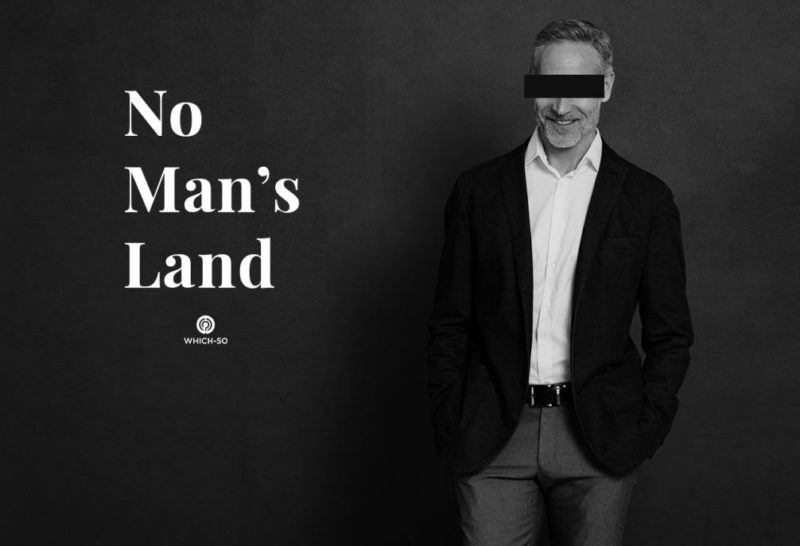Looking back on No Man’s Land, and the need to set gender diversity targets
Which-50 editor Tess Bennett looks back on the lessons learned from last month’s experiment where the site erased men from the its coverage.
For most of July Which-50 secretly erased men from our coverage. Then we told the world about it.
We documented the process of excluding men and what we learned in a cover story titled No Man’s Land. This piece was accompanied by stories from 22 women about the misogyny they’ve experienced in the workplace titled Men, Sucking.
Due to a lack of social activity from women not sharing stories about themselves as enthusiastically as men do (and prior to publishing No Man’s Land), our traffic was down around 15 per cent for the month. This would have represented our first decline in seven months. However the strong reaction to the cover story and associated coverage meant July set a new audience record, finishing 7 per cent higher month-on-month. The irony that discrimination drove this success was not lost on us.



More SJW claptrap. Just hire whoever is most qualified for the job. It’s not that difficult.
Excellent marketing strategy.
Insult half your market, and then hope to lift overall sales and profitability.
Don’t expect any logic from an anti-reason ideology
Great experiment acknowledging the bias that exists in reporting and having a plan to fix it.
Well done
“we have decided to publish our gender diversity figures – ie the number of men and women we name or quote in stories”
Just men and women? So… you mean ‘parity’, not ‘diversity’.
As someone who sexually identifies as an attack helicopter, I reject your bigoted, CIS-gendered approach to ‘diversity’ (read: female entitlement).
If any magazine would cut-out part of their usual coverage, logically readership drops as people don’t find the content they were looking for. This experiment and it’s outcomes aren’t really saying anything about gender equality or contributing towards achieving it; same disappointment and drop in traffic would happen if the magazine would cut out coverage about ‘digital’ or ‘leadership’ for a month. In a way the magazine made a point; but there isn’t really a key learning or insight here, or an roadmap to close the gap.
So your graph above indicates that YOU are biased towards stories on men yet, without any data, you turn that around to be the fault of men because they are more egotistical? So even when you have a female editor it’s still mens’ fault.
I’m all for equality of opportunity but some logic please.